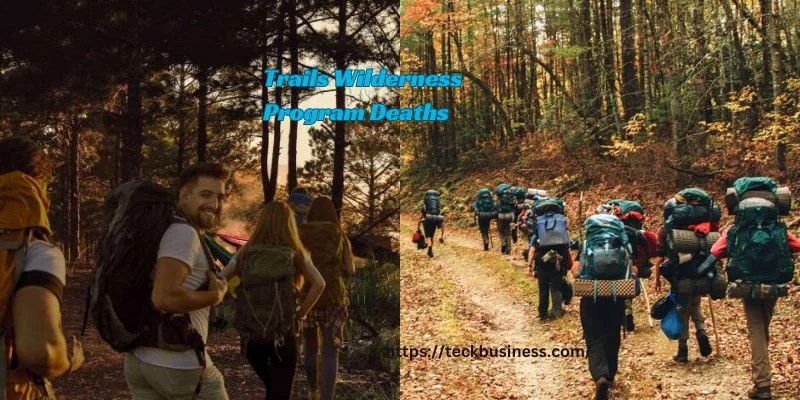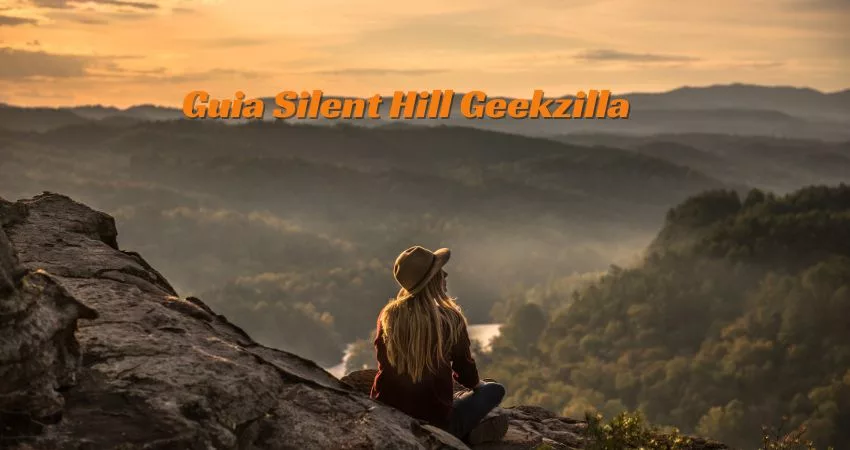Trails Wilderness Program Deaths Risks and Safety of Outdoor Adventure Therapy

Trails Wilderness Program Deaths – The most well-known tragedy occurred in 1990 when 16-year-old Aaron Bacon died of acute peritonitis at a Trails Wilderness Program camp in the Nevada desert. Staff allegedly ignored Bacon’s complaints of severe stomach pains and fever for days, refusing his requests to see a doctor. An autopsy found that Bacon’s appendix had burst. The delayed medical treatment and neglectful supervision sparked public outrage and lawsuits.
In another case in 1994 in Arizona’s mountains, Michelle Sutton, 15, died from dehydration and heatstroke while enrolled in a different wilderness program. Negligence from under trained staff was blamed again. More recently in 2016, a 16-year-old boy died while hiking in 20 degree temperatures in Maine’s backcountry on his first day in another wilderness behavior program. The death was ruled a homicide with the program shutting down.
These examples demonstrate some of the most dire risks of mistakes, lack of medical resources, and exposure to harsh natural environments inherent to wilderness therapy.
Assessing Dangers
Various factors make oversight difficult in remote settings without modern amenities and communication. Students already struggling with behavioral, mental health, or substance abuse problems can be vulnerable out in the wilderness. The rigid hierarchical structure between adult guides and youths promotes obedience over personal advocacy regarding health. Demanding hiking, climbs, and survival drills may exceed individuals’ capabilities too.
Environmental dangers also abound like extreme weather, dangerous terrain, altitude sickness, bites, stings, infection, getting lost, etc. Trails Wilderness was known to drop teenagers equipped with little gear in starting spots like the Grand Canyon to find predetermined meeting sites days later. Emergency evacuation is far more complicated miles into the backcountry. Even expert hikers have died from immersion hypothermia in flooding or falls.
Implementing Safeguards
While challenging, measures can mitigate these risks if enforced properly. Accreditation programs and regulating state agencies have worked to establish standards covering staff qualifications, emergency planning, health protocols, operations transparency, complaint processes and more. Background checks help ensure guides do not have histories of violence against youth. Medical check-ups before admission can reveal pre-existing conditions needing accommodation. Monitoring for signs of distress is vital – erring on the side of caution for potential injuries, infection, or environment-related illness. Airlines do not allow peanuts now due to the seriousness of allergies. Programs must also take mental health disorders seriously by having counseling available. Keeping students properly nourished, hydrated and rested improves resilience. Steadily conditioning them is sensible over extreme physical feats too.
Having detailed emergency protocols and evacuation routes mapped out could have saved Bacon’s life. Steps like requiring regular check-ins via radio signals to central basecamps allow monitoring of group status. GPS tracking devices also enable locating lost participants if disoriented. Still oversight remains imperfect if policies are not followed in practice. Unsanctioned use of intense coercive methods akin to torture has occurred. Negligent mistakes or logical sounding justifications for avoiding proper precautions can still happen too if staff is overwhelmed, undertrained or cut corners.
Future Outlook
The therapeutic wilderness industry remains mostly unregulated being exempt from oversight governing hospitals, foster homes, schools or mental health facilities. After Bacon’s death, his mother led efforts achieving state reform in Utah with licensure mandates, yet systems vary widely nationally. Industry trade groups tout wilderness therapy benefits for troubled youths needing treatment unavailable traditionally. For programs emphasizing safety, therapeutic progress over punishment can happen. Some former students do praise programs as life-changing.
However, abusive incidents and skepticism toward tactics similar to punitive scared straight camps continue fueling debate. Rising competition has increased programs with families feeling desperate, paying thousands seeking last resort options. Yet effectiveness research remains limited with relapse common if aftercare is inadequate. Some activist groups oppose legally coerced enrollment and risky methodologies, advocating other protocols. With mental health and addiction issues growing more prominent and complex, improving qualifications, transparency and evidence-basis will help programs balance effectiveness and safety. Hopefully tragedies can inform policies preventing unnecessary dangers, providing youth productive environments to learn and grow within.
Conclusion
In summary, past wilderness therapy deaths reveal risks inherent to removing troubled adolescents from modern amenities for character building. Assessing dangers in the natural environment and from potential staff negligence is key to developing precautions that balance positive growth opportunities against hazards that can turn deadly without careful monitoring. Progress is happening but close oversight and enforcement remains critical for ensuring ethical, effective programs focused on nurturing youths’ mental health over perilous coercion.
FAQs of Trails Wilderness Program Deaths
What caused the 1990 Trails Wilderness Program death?
The 1990 death of Aaron Bacon, 16, was attributed to acute peritonitis from a burst appendix after staff allegedly dismissed his complaints of severe stomach pain for days without medical examination while camping in a Nevada desert.
What are some risks of wilderness therapy programs?
Dangers include exposure to extreme weather, insufficient supervision of pre-existing health conditions, physical demands exceeding capabilities, unsafe terrain, getting lost, infection, assault from peers or staff, undertrained staff, lack of modern amenities/communication, and insufficient emergency planning.
How can wilderness therapy risks be mitigated?
Requiring accredited programs that follow standards on staff qualifications, health protocols, operations transparency, and emergency planning can help mitigate risks. Monitoring participants for distress, ensuring proper nourishment/rest, gradually conditioning for activities, and having emergency evacuation routes mapped out improves safety too.
Why does controversy around wilderness therapy continue?
Despite some positive outcomes, continued abusive incidents fuel skepticism over ethics and effectiveness of intense behavioral modification methods for legally coerced youth lacking research support. Concerns remain over risks and relapse potential after inadequate aftercare post-discharge. Calls continue for tighter regulation and standards improvements.
What is the future outlook for the wilderness therapy industry?
Demand is increasing but so is pressure for greater oversight and transparency mandates given growing urgency around youth mental health and addiction issues. Ensuring participant safety while delivering clinical effectiveness requires programs emphasize nurturing over perilous coercion, backed by qualifications, evidence-basis and risk mitigation policies that are strictly followed.





